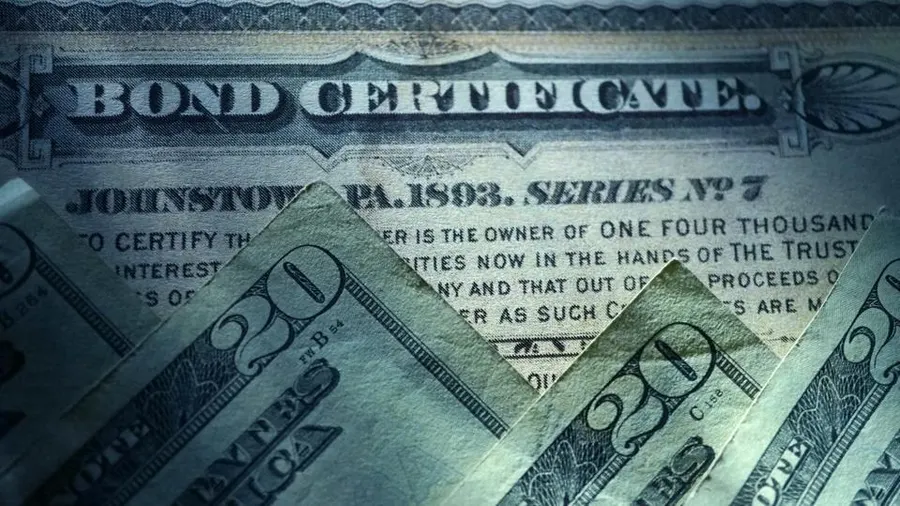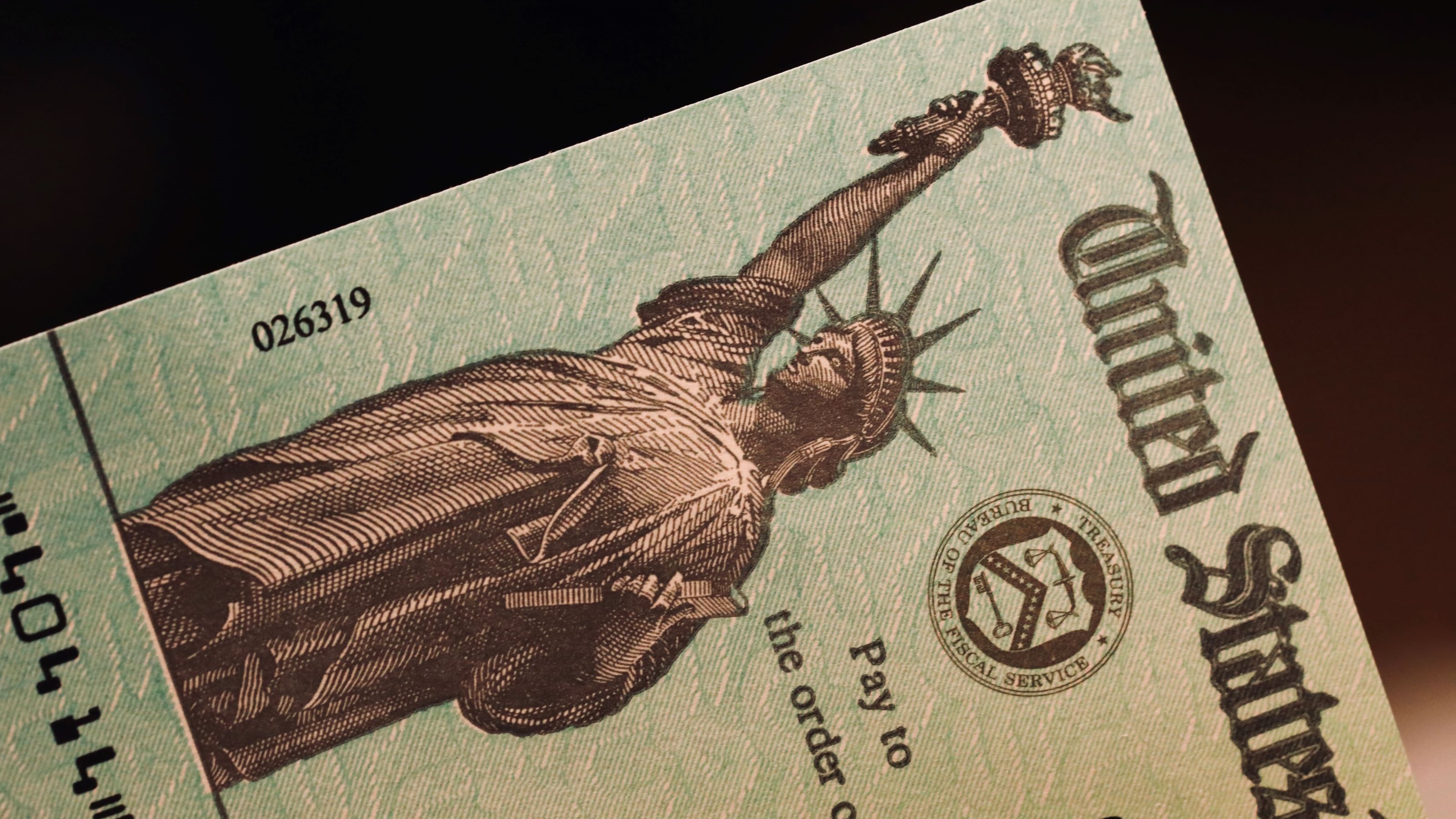
Reasons to Invest in Treasury Bonds
There are various methods to acquire Treasuries. For many individuals, TreasuryDirect is a solid alternative; however, retired savers and investors who already have brokerage accounts are frequently better suited purchasing bonds on the secondary market or using exchange-traded funds (ETFs). Treasury money market accounts also provide greater convenience and liquidity than TreasuryDirect.
Treasury Direct
Treasury Direct is an electronic marketplace and online account system where investors may purchase, hold, and redeem qualifying book-entry Treasury securities. The Treasury Direct system is managed by the U.S. Department of the Treasury.
Individual investors with TreasuryDirect accounts may participate in Treasury debt auctions and acquire debt instruments like U.S. savings bonds directly from the U.S. Treasury. Opening an account takes roughly 10 minutes. TreasuryDirect provides a straightforward and very affordable alternative to acquire government debt instruments.
Investors must have a valid Social Security number (or taxpayer identification number) and a U.S. address. They also require an email address, a web browser that supports 128-bit encryption, and a checking or savings account.
Bear in mind that you can't redeem Treasuries acquired via TreasuryDirect before maturity. If you decide that you need or want to sell them, you must transfer your securities to a broker and then sell them on the secondary market via that broker.
How to Purchase Treasuries via Treasury Direct

Eligible securities for TreasuryDirect purchases include Treasury bills, Treasury notes, Treasury bonds, Floating Rate Notes (FRNs), and Treasury Inflation-Protected Securities (TIPS). Buying is straightforward. Once you log in, you may access the BuyDirect system. You'll be required to pick the owner of the security.
Many investors acquire Treasuries for presents and charity purposes. You'll also pick the product type or term, source of cash, and the amount to buy. You may arrange the purchase whenever you want and how frequently you like, while dates are subject to availability. The system will enable you to evaluate your order before submitting it.
Securities are normally provided to your account within two business days of the purchase date for savings bonds or within one week of the auction date for bills, notes, bonds, FRNs, and TIPS.
Transfers into TreasuryDirect are authorized and commence at the leaving business. That is unlike the ACAT transfer procedure for broker-to-broker transfers, which is launched by the receiving business.
Once T-bills have matured, their revenues are straightforward to reinvest. Simply pick the "schedule repeat purchases" option and then specify the number of repeat purchases and their frequency once you have done entering the registration and purchase information for your transaction. Maturing notes and bonds may also be reinvested.
Your account is subject to many limitations. The minimum purchase amount for savings bonds is $25 per individual. Above that, savings bonds are offered in penny increments up to $10,000 per year. For T-bills, notes, bonds, and TIPS, an investor may make noncompetitive bids from $100 up to $10 million for each instrument type in $100 increments.
How to Participate in Treasury Auctions
Treasury Direct account holders may participate in Treasury auctions performed on a regular basis throughout the year. of 2022, there were 384 public auctions for $15 trillion of Treasury debt securities.
The first phase in the auction process is the notice of impending auctions, often four to five business days before the auction date. The notice specifies the date of the auction, the amount of a security to be auctioned, its issuance and maturity dates, terms and conditions, eligible participants, and deadlines for competitive and noncompetitive bids.
Noncompetitive bids ensure the bidder will get the required quantity of the auctioned security at a price established by competitive bidders in the auction. Noncompetitive offers are restricted to $10 million. Competitive bids define the projected discount rate, yield, or spread for a securities and may only be completed in part, or not at all. Most private investors make noncompetitive offers, whereas competitive bids often come from financial institutions.
The second phase of the auction procedure is the auction itself. On the auction day, the Treasury evaluates all bids submitted for conformity with relevant requirements. Compliant noncompetitive offers must be submitted by the closure time mentioned in the auction notice.
The last phase of the auction procedure is the issue of the securities. Securities are placed to investor accounts, and payment is provided to the Treasury.
Read Also: Exploring The World Of Digital Currency Exchangers
Transferring Treasuries Through TreasuryDirect
Treasuries may be kept until they mature or sold before that time. To sell Treasuries stored in your account at TreasuryDirect, first, you must transfer them to an account you have with a bank, broker, or dealer, and then place an order to sell them.
A move Request Form must be completed online or on paper to move Treasuries out of your TreasuryDirect account. This form should provide the proper routing number, bank name, and any special handling instructions for your transfer.
To redeem a savings bond online, click the "Redeem" button situated toward the bottom of the "Current Holdings" page. You will need to declare whether it is a partial or complete redemption and give the payment destination where you want the redemption funds placed.
The redeem option will not display on the holdings page if there are no bonds suitable for online redemption in your account. You may redeem paper bonds at most local financial institutions, such as your bank. That is the simplest and fastest method to obtain access to your money.
Buying Treasuries in the Secondary Market

Buying Treasuries on the secondary market is simpler than most people realize. Many brokerages allow their clients complete access to the bond market, although costs vary. If buying and selling Treasuries is crucial to you, several of the finest brokerages provide free trading for Treasury bonds.
Even better, you fully eliminate the yearly fees of ETFs and the money market. Buying ordinary U.S. government bonds is simpler than buying most other bonds since all you need to know is the time to maturity. TIPS might be difficult to trade.
How Do You Buy and Sell Short Term Treasury Bills?
You may purchase short-term Treasury notes via TreasuryDirect, the U.S. government's site for purchasing U.S. Treasuries. Short-term Treasury notes may also be purchased and sold via a bank or broker. If you do not desire to retain your Treasuries until maturity, the only method to sell them is via a bank or broker.
How Many Treasury Bills Can You Buy?
The maximum amount of Treasury notes that you may purchase in a single auction is $10 million if the bids are noncompetitive, or 35% of the offering amount for competitive bids.


